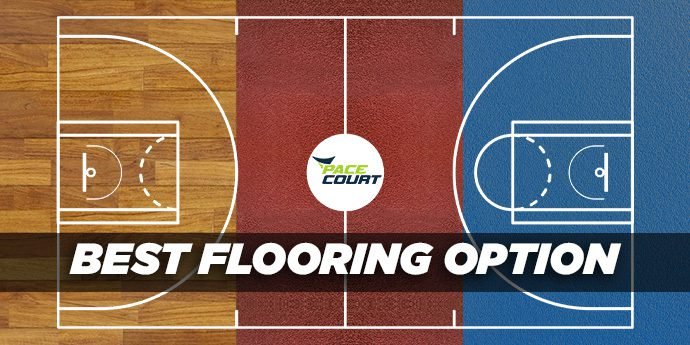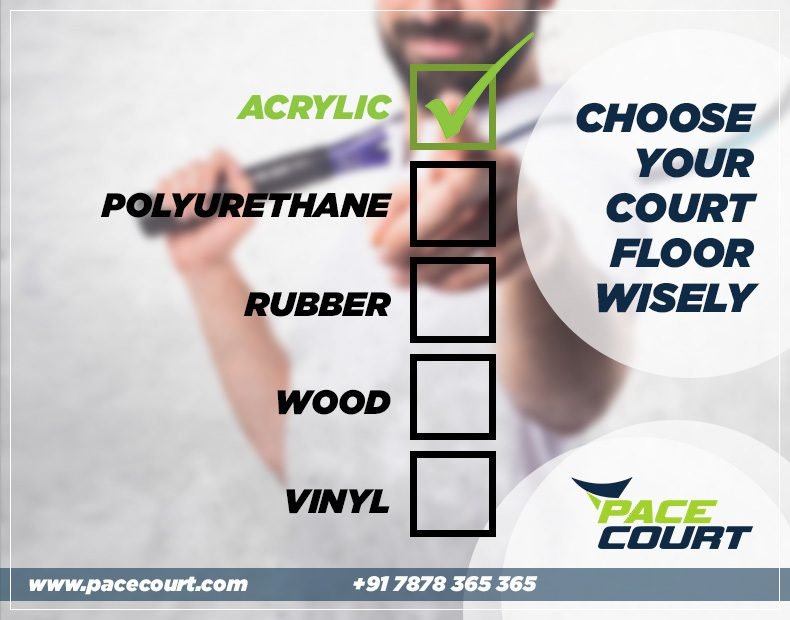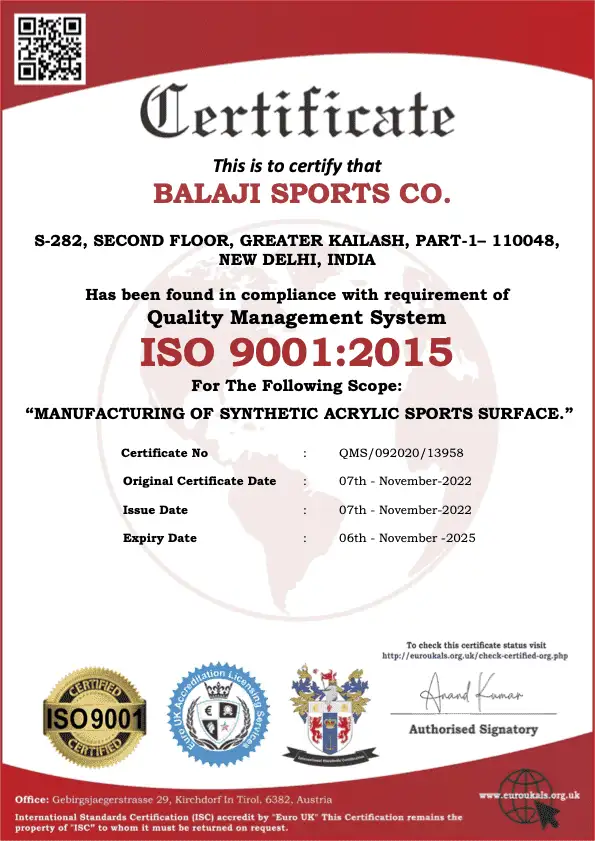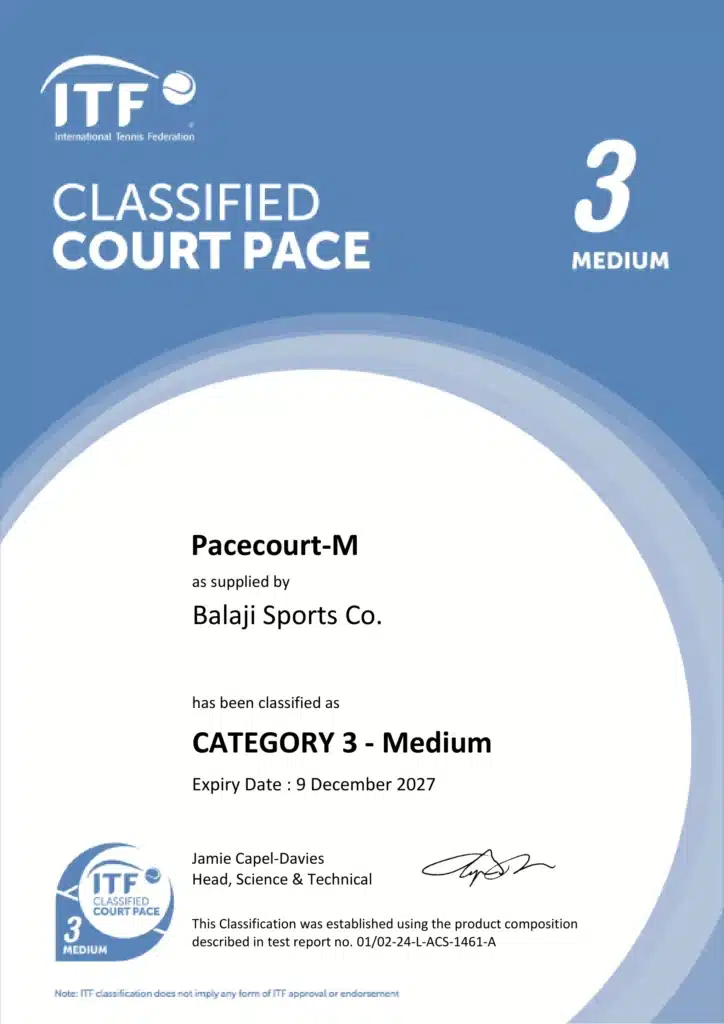
In the ever-evolving realm of sports infrastructure, the demand for multi-purpose facilities has skyrocketed. These centers host a diverse range of activities, from basketball and badminton to aerobic classes and community gatherings. Such varied usage necessitates the best flooring options that are versatile enough to cater to multiple demands while not skimping on performance, safety, or durability. Amid the competing materials vying for attention, acrylic stands out for a plethora of reasons. As we deep-dive into the world of multi-sport facility floorings, it’s imperative to highlight and compare these best sports flooring options. This comprehensive exploration will focus heavily on acrylic, scrutinizing its advantages, and juxtaposing it against other renowned contenders in the market.
Acrylic
The Multi-Sport Champion Acrylic flooring has gained traction (pun intended) in the sports world due to its exceptional balance between flexibility and durability. Its synthetic resin composition equips it with qualities ideal for diverse sporting activities.
- Protection and Performance: The primary advantage of acrylic flooring is its shock absorption capability. Whether it’s basketball players making slam dunks or aerobic participants jumping, acrylic disperses the impact, safeguarding athletes from potential injuries. Moreover, its surface provides an ideal level of friction, ensuring athletes have the necessary grip without risking injuries from slips or falls.
- Versatility: Different sports have nuanced requirements. For instance, while basketball needs a bounce-friendly surface, activities like yoga or pilates need stability. Acrylic, with its array of densities and finishes, can cater to these diverse needs. Furthermore, its uniform surface ensures predictable behavior, a crucial factor in competitive sports.
- Maintenance and Durability: Acrylic floors are renowned for their longevity. They resist wear and tear and are impervious to most abrasions, making them cost-effective in the long run. Additionally, their non-porous nature is hygienic, resisting bacteria or fungal growth, an essential attribute for public sports facilities.
- Aesthetic Appeal: Multi-purpose facilities often need to cater not just to athletes but also to spectators. Acrylic floors, with their sleek finish and the ability to incorporate colors and logos, enhance the visual appeal of these arenas.
- Environmental Considerations: Modern acrylic floorings lean towards sustainability, with many made using recycled materials. Additionally, at the end of their life cycle, they can often be recycled, making them a green choice for eco-conscious facility managers.
Polyurethane
The Close Contender Polyurethane floors have grown in popularity due to their multi-layered system, which can be customized based on the sports in question. They offer good shock absorption and can be engineered to specific thicknesses to meet the requirements of different sports.
Rubber
The Flexible Choice Especially popular for gyms and training areas, rubber flooring offers excellent traction and is resistant to heavy impacts, such as dropped weights. However, its softer nature might not make it ideal for sports requiring a firmer surface, like basketball.
Wood
The Classic Option Hardwood is often the choice for sports like basketball and volleyball, prized for its bounce and natural feel. However, it can be expensive to install and maintain. Additionally, it’s not as versatile for a broader range of activities as some synthetic options.
Vinyl
The Cost-Effective Alternative Vinyl is versatile, easy to clean, and offers decent shock absorption. It’s particularly popular in areas that might see non-sporting events due to its aesthetic appeal. However, it might not offer the same level of performance as acrylic or polyurethane for high-impact sports.

Comparative Analysis
While each flooring type has its merits, acrylic stands out for multi-sport facilities. Its combination of performance, safety, aesthetics, and durability makes it hard to beat. Polyurethane comes close, especially if the facility leans towards specific sports. Rubber and vinyl offer flexibility, especially for facilities that might host non-sporting events. Wood, while classic, may not be the best for diverse requirements due to its cost and specific maintenance needs.
Conclusion
Choosing the best flooring options for a multi-sport facility is a critical decision, influencing athletes’ performance, spectator experience, and the facility’s longevity. Pacecourt’s acrylic solutions, with their myriad benefits, emerge as a front-runner among these top choices. However, facility managers should weigh the specific needs of their space, budgetary constraints, and long-term goals before settling on an option. With advancing technology, the world of sports flooring will continue to evolve, but for now, Pacecourt’s acrylic stands out in the lineup of the best flooring options, offering a harmonious blend of performance and practicality.



